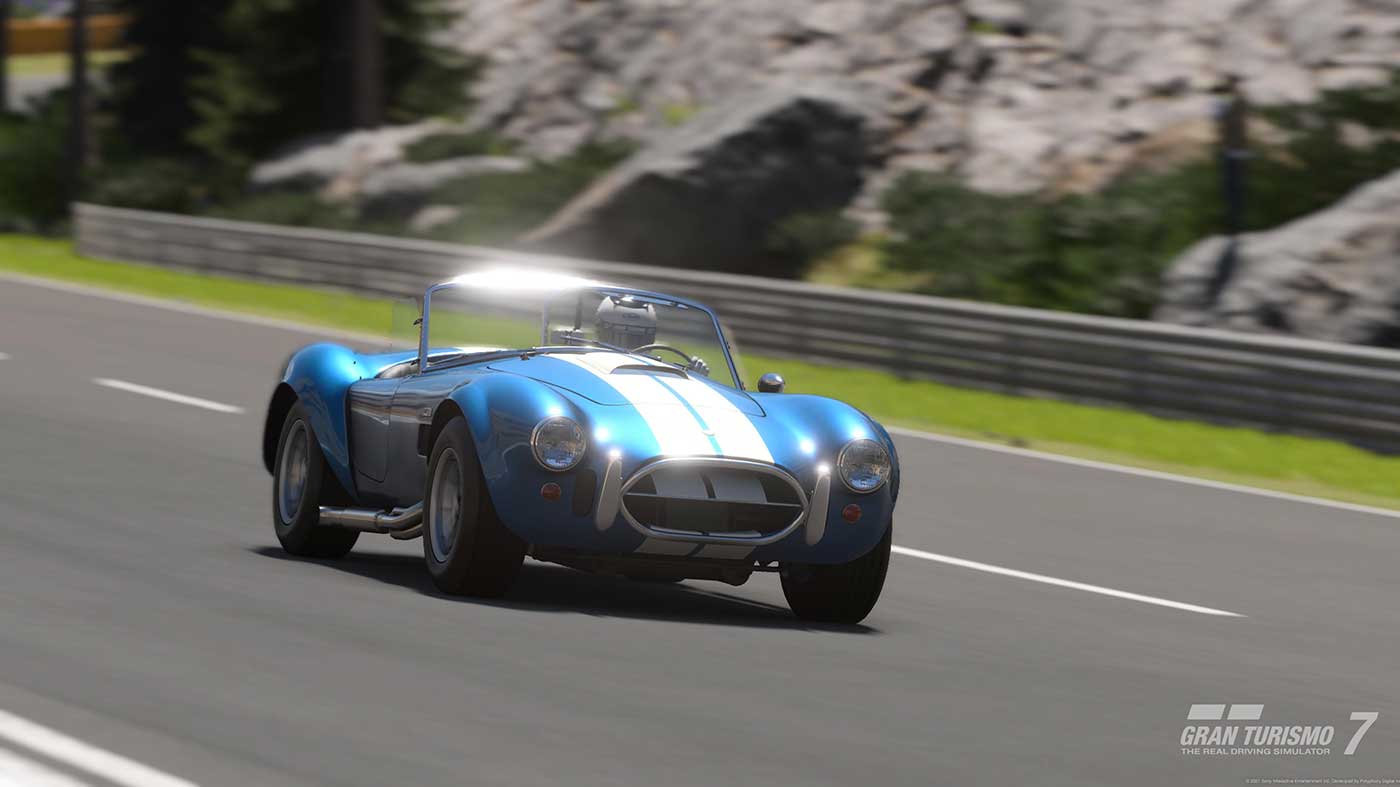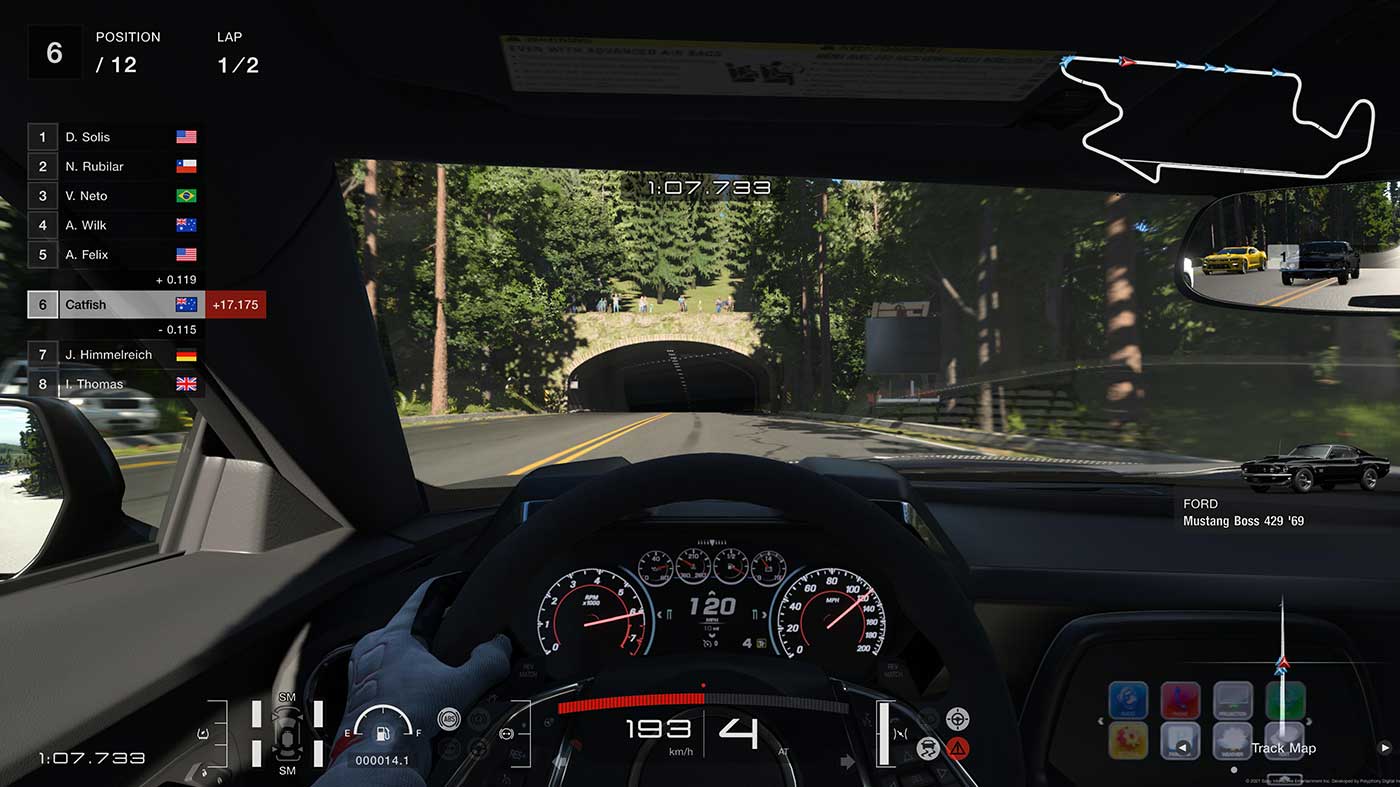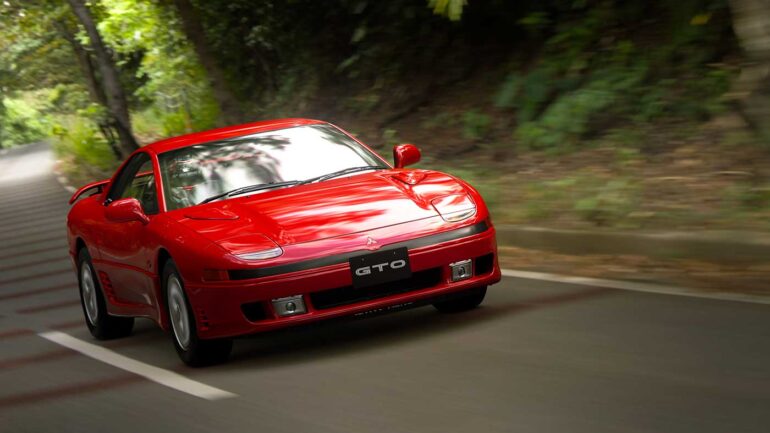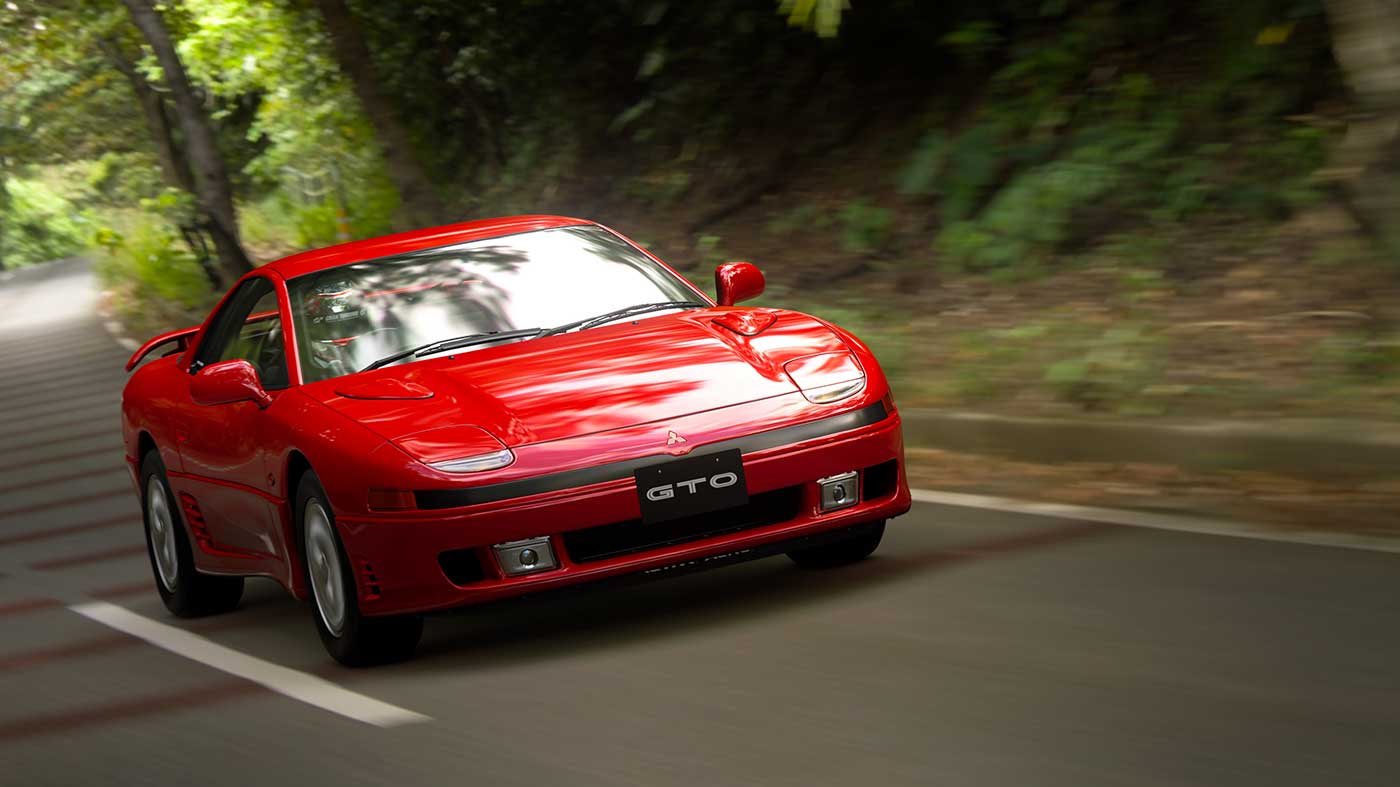I have fond memories of being a teenage Car Guy the early 2000s. Going to car shows, reading car magazines, watching Fast & Furious movies and of course – playing the heck out of whatever racing games I could get my hands on. Some of the most memorable times were in front of Gran Turismo, utterly failing license tests in 2 and wondering if games would ever look better than Gran Turismo 3. It’s been a while since then, but playing Gran Turismo 7 has rekindled the same enthusiasm for cars that I had all that way back. The passion the developers have for cars and car history is infectious, and it’s hard not to catch the enthusiasm while playing through this intricately detailed driving simulation.
Gran Turismo 7 is eager to take any little bit of enthusiasm you have about cars and nurture it. More than just a driving simulation, GT7 wants to be a car enthusiast club and an interactive car museum. Playing through the game you’ll work your way through different styles of car from different areas of the world, learn about how the industry developed from its very beginnings and how different companies pushed the envelope in their own ways. I found the whole process super interesting and I’ve definitely come to appreciate more kinds of cars and the sheer effort that goes into developing and designing these machines over decades. GT7 teaches you all this in a way that is friendly and approachable whether you’re a die-hard car fan or totally new to the scene.

The main event so to speak, the actual driving of the cars, is pretty incredible. I can’t necessarily speak to realism since there’s not a lot of cross over between cars I’ve driven and cars available here, but the sheer level of detail Polyphony have captured in this simulation is impressive. The way your tires react differently in wet conditions, the way a turbocharger affects specific RPM ranges of your engine, even the different grip levels of different kinds of tires is noticeable. The sheer amount of factors you can tweak in your car and the environment is massive, and the fact that even a fair-weather car-guy like myself started to understand the differences when I made those tweaks is testament to how friendly and helpful this game at helping you learn.
One of the aspects that is difficult to replicate in driving simulations is the tactile feel. Past games have tried to replicate road surfaces through controller rumble for example, but Gran Turismo 7’s use of the DualSense haptic features really elevates the experience in a way I didn’t expect to appreciate as much as I did. I found myself unconsciously reacting to my tires slipping on a wet road as I felt the accelerator trigger slipping under my fingers and the way different sides of the controller gave haptic feedback depending on the road surface under each tire – they sound frivolous individually but add up to really feeling how your car drives more than I expected. I was amazed at how informative the haptic feedback was to my driving.

You’ll need every intuitive sense you have to wrangle some of these cars. Even the more tame, lower powered vehicles require patience and learning to get around a track. I found myself having an adjustment period for every new car I drove. It was a challenge, but it also makes every corner you get around without spinning out feel like a little victory. Thankfully, GT7 is super generous with the assists available so you can tailor the driving experience to exactly what you need to get the most out of it. You can start from one of three presets, and then drill into the specifics from there to get your experience exactly as you like. I found I really benefitted from on-track racing line and braking guides, but turned off the auto-accelerate and auto-brake options and this created a great balance of approachability and challenge for my needs. You can change these assist options at nearly any time. The game does softly encourage you sometimes to see if you might have outgrown some of the assists you’re using – but never forces the matter nor punishes you for your choices.

The World Map is where you’ll find most of the game’s ways to play. You can buy used or new cars, tune them to your heart’s content (with friendly advice from the mechanic so you can understand what each modification will do), enter races, or even take your car to one of hundreds of ‘Scapes’ for a photoshoot. The amount of content on offer is almost overwhelming – but thankfully the Café in the middle of the map provides some direction in what to do next if you’re unsure. Acting like a campaign of sorts, the friendly person at the Café will give you a series of Menu Books which act as gentle objectives to progress through the game with a gradual difficulty curve.
The objectives are usually about collecting cars through purchases or winning them in races, but over the course of the game will introduce you to all the core features available. It takes you through things in a logical way, encouraging you to get familiar with a particular type of car or part of the world for a while before moving on. I found the feeling of catching up with a friend at a cafe to talk about what I’d done, show off my cars and have him ramble on about history a lovely way to add a personal touch to what could have just been a sterile list of objectives.

Gran Turismo games have always pushed the envelope of what is technically possible on their respective consoles, and 7 is no exception. Every car is meticulously modelled inside and out down to the shape of the air-con vents and the tiny logos moulded into the headlight covers. Dynamic weather and time of day can change even during races, changing the driving conditions on the road as well as having an effect on visibility. There are two options for graphics modes in gameplay on PS5 – one which gets you a target 60 frames per second, and another that adds Ray Tracing at 30 frames per second. Both modes look fantastic so it’s down to how much you value more frames to decide which way you’ll prefer. I never noticed dips from the 60fps target, the driving experience was silky smooth. The game switches into the quality mode for non-gameplay scenes so you can appreciate the highest possible graphical detail where smoothness isn’t the biggest concern.

If there’s one thing that bothers me about GT7, it’s that your progress in the main game mode requires an internet connection at all times. The internet requirement enables some cool features like open lobbies at tracks to chat and have casual races, but being locked out of everything aside from quick race style events if your internet drops out sucks, to put it bluntly. I found if I dropped connection mid race the game wouldn’t save my progress, and I’d have to do the race over again. It stops you gaming the system by playing around with save files and the fact you can buy in-game currency on the PlayStation Store surely factors into it too – while it doesn’t ruin the game for me it’s a factor I think everyone should be aware of when looking at the game.




